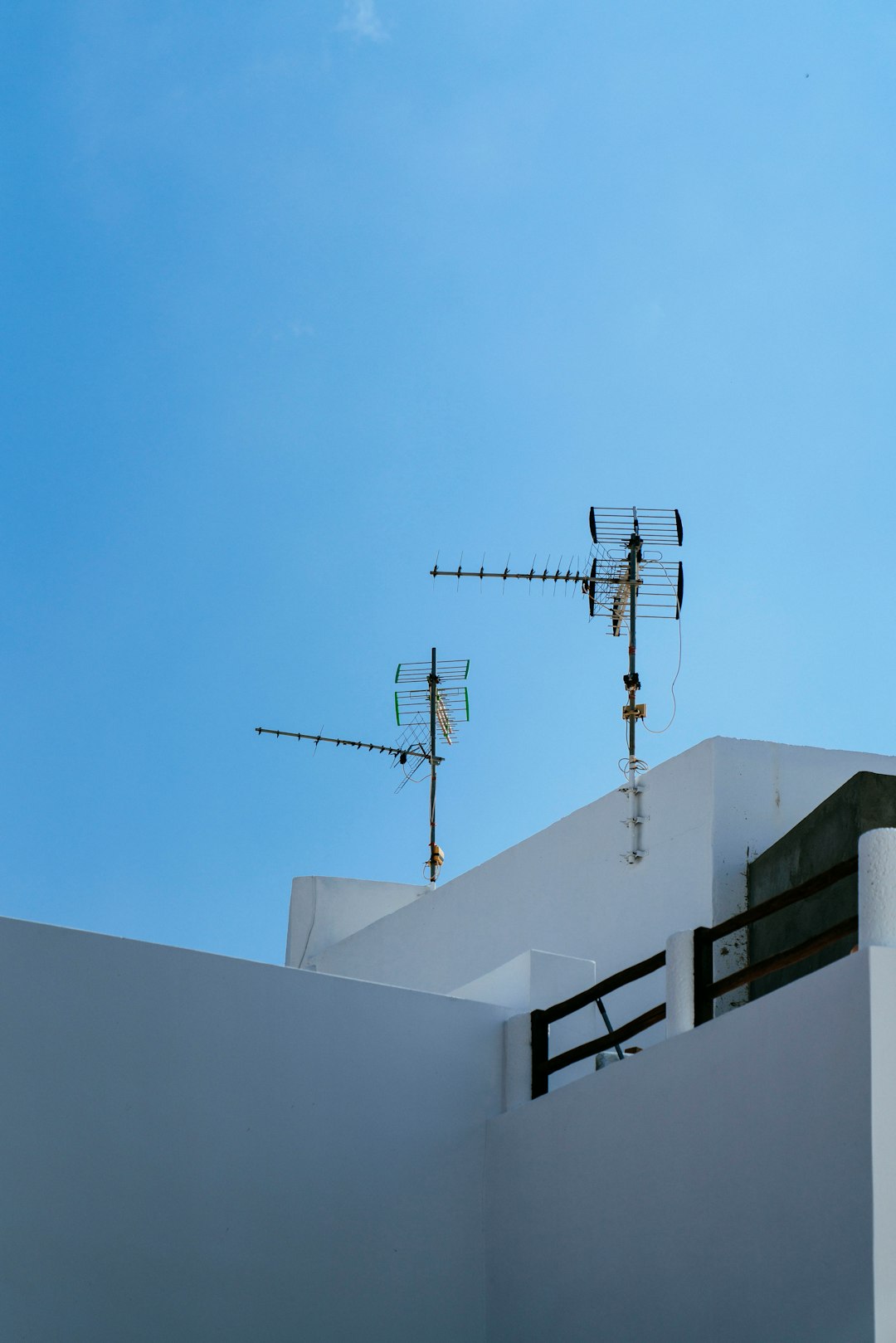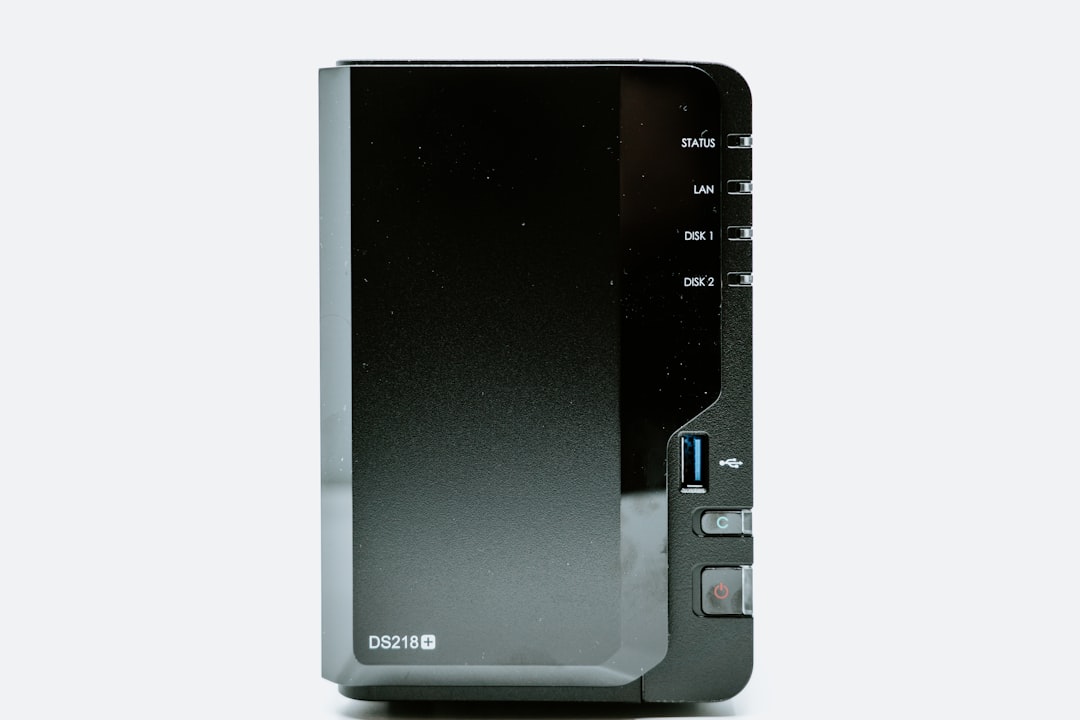Home automation is evolving rapidly, with an increasing number of consumers adopting smart home components for convenience, safety, and efficiency. One of the crucial elements that ensure all smart gadgets work together seamlessly is the communication protocol they use. Among several popular choices, Z-Wave has emerged as a leading wireless protocol designed specifically for smart home applications. Understanding what Z-Wave is, how it works, and why it might be the best choice for your home can help streamline your smart home upgrade.
What Is Z-Wave?
Z-Wave is a wireless communication protocol used in home automation systems. It enables smart devices such as light bulbs, locks, thermostats, and sensors to communicate with each other using low-energy radio waves rather than Wi-Fi or Bluetooth. Z-Wave operates on a different frequency than common household Wi-Fi networks, which helps reduce interference and increase reliability.
Z-Wave was developed in 2001 by a Danish company called Zensys and has since been standardized and widely adopted by hundreds of manufacturers. Today, thousands of Z-Wave-certified products are available, making it one of the most interoperable home automation technologies on the market.
How Z-Wave Works
Z-Wave creates a mesh network that connects devices together. Each Z-Wave device repeats the signal it receives to neighboring devices, creating multiple pathways for communication back to the central hub or controller. This increases the coverage and reliability of your network. For example, if one device is out of direct range of the hub, it can still communicate by hopping through nearby devices.
This ability to relay signals makes Z-Wave ideal for homes of various sizes, including larger properties where devices may be spread out. Z-Wave typically supports up to 232 devices on a single network, providing robust scalability.

Benefits of Z-Wave for Smart Homes
- Low Interference: Because Z-Wave operates on a different frequency (usually around 908 MHz in the U.S.), it avoids interference with Wi-Fi-based devices that operate on the crowded 2.4 GHz or 5 GHz bands.
- Energy Efficiency: Z-Wave devices are extremely low-power, enabling battery-powered devices like door sensors and motion detectors to run for years without a battery change.
- Wide Compatibility: All Z-Wave devices must meet strict compatibility standards, ensuring interoperability across brands. This means users can mix and match products from different manufacturers without worry.
- Strong Security: Z-Wave uses AES-128 encryption, the same secure encryption standard used in online banking, making it a safe choice for smart home networks.
- Reliability: The mesh network structure allows for consistent and delayed-free communication among devices, even as the network grows.
Common Z-Wave Devices
Z-Wave technology is embedded in a wide variety of smart home products. Some of the most common include:
- Smart Lights: LED bulbs, dimmer switches, and controllers that can be managed remotely or via automation rules.
- Door Locks: Keyless Z-Wave-enabled locks that can be locked or unlocked remotely for added convenience and security.
- Thermostats: Smart thermostats with Z-Wave capabilities that can learn user preferences and adjust the indoor climate accordingly.
- Sensors: Including motion, temperature, humidity, water leak, and contact sensors to detect changes in your home environment.
- Outlets and Plugs: Smart plugs that enable users to control power flow to appliances from their smartphone or home automation system.
Using a Z-Wave Hub
To set up a Z-Wave network, you’ll need a Z-Wave hub or controller. This central device communicates with all other Z-Wave-enabled devices in your home and often acts as a bridge to other smart ecosystems like Amazon Alexa, Google Assistant, or Apple HomeKit. Some popular Z-Wave hubs include:
- Samsung SmartThings Hub
- Hubitat Elevation
- HomeSeer
- Vera Control hubs
Without a hub, most Z-Wave devices cannot function independently or connect to your smartphone. The hub typically provides a centralized app through which you can control your entire smart home system, configure automation rules, and receive notifications.

Z-Wave Plus: What’s the Difference?
With the growing popularity of Z-Wave, a newer standard called Z-Wave Plus was released. Z-Wave Plus offers upgrades over the original Z-Wave standard, including:
- Extended Battery Life: Better energy efficiency allows longer use of battery-powered devices.
- Greater Range: Improved signal range between devices and reduced latency when issuing commands.
- Increased Bandwidth: Faster communication between devices for quicker reactions.
- Simpler Setup: Enhanced user experience with easier pairing and device inclusion.
When purchasing new devices for your smart home, look for the Z-Wave Plus logo to take advantage of these improvements.
Is Z-Wave Better than Wi-Fi or Zigbee?
While Wi-Fi and Zigbee are also popular communication protocols, Z-Wave offers several unique advantages. Wi-Fi is ideal for high-bandwidth applications like video streaming or smart speakers, but it consumes more power and is prone to interference. Zigbee is similar to Z-Wave in that it also uses a mesh network, but it operates on the 2.4 GHz band, which can face congestion from other wireless devices.
Z-Wave’s low-frequency operation and stringent interoperability standards make it a favorite for users seeking stable and energy-efficient automation for lower-bandwidth smart devices. However, your choice will ultimately depend on your existing infrastructure and needs.
Limitations of Z-Wave
Despite its many benefits, Z-Wave does have a few limitations:
- Requires a Hub: Most Z-Wave devices won’t work on their own without a dedicated Z-Wave hub.
- Limited Bandwidth: Z-Wave is not suitable for high-bandwidth tasks like video streaming.
- Device Cap: Supports up to 232 devices, which may be limiting for ultra-large installations, although rarely an issue for most homes.
- Region-Specific Frequencies: Z-Wave devices use different frequencies depending on country regulations, so importing devices from other countries may result in incompatibility.
Conclusion
For anyone looking to build a reliable, secure, and easily expandable smart home, Z-Wave offers an excellent foundation. Its low interference, strong interoperability, and efficient mesh networking make it a standout in the world of smart home communication protocols. Whether you’re starting with a smart lock or planning a fully automated home, Z-Wave is worth strong consideration.
Frequently Asked Questions
-
What makes Z-Wave different from Bluetooth or Wi-Fi?
Z-Wave uses a dedicated low-frequency band that avoids most interference experienced with Wi-Fi or Bluetooth networks, and it creates a mesh network rather than a direct device-to-device connection. -
Can Z-Wave devices work without a hub?
In most cases, no. Z-Wave devices typically require a compatible hub to control and coordinate communication between devices. -
Is Z-Wave secure?
Yes. Z-Wave uses AES 128-bit encryption, similar to what’s used in online banking, making it a secure option for home automation. -
How far can Z-Wave signals travel?
Each device can usually communicate up to 100 meters (about 328 feet) in open space, though walls and other obstructions may reduce this range. The mesh network helps optimize signal strength by using nearby devices to relaunch communications. -
Can I use Z-Wave with Alexa or Google Home?
Yes. Many Z-Wave hubs integrate seamlessly with voice assistants like Amazon Alexa and Google Assistant, allowing voice control of your smart devices.
